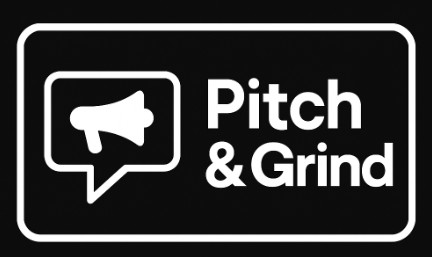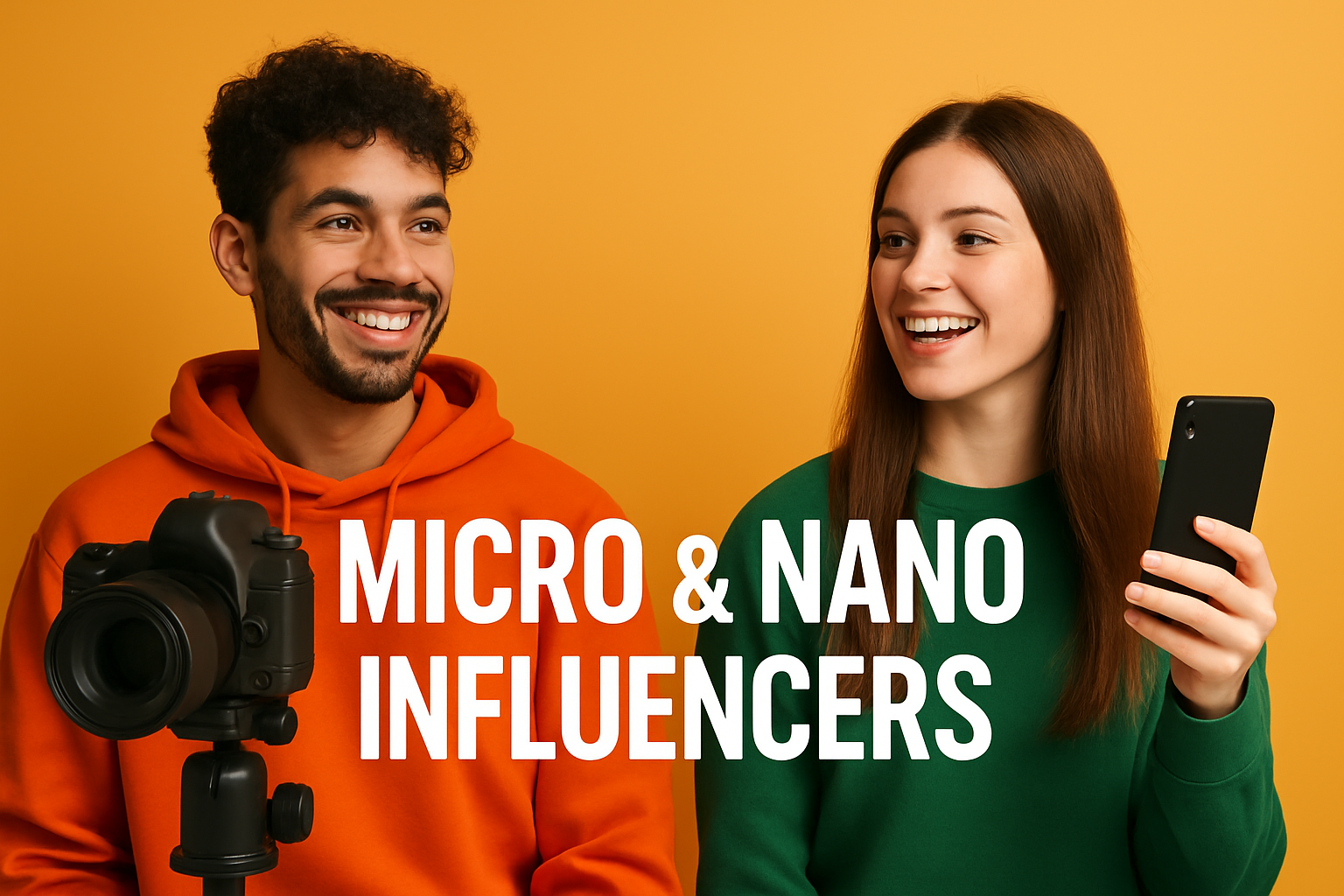Nano influencers typically possess a follower count ranging from 1,000 to 10,000. However, their true value lies in the qualitative aspects of their online presence:
- Community Engagement Style: Nano influencers often cultivate highly personal relationships with their audience. Their engagement is characterized by genuine, two-way conversations. They respond to comments and direct messages, fostering a sense of community and trust. Followers often perceive them as peers or knowledgeable friends rather than distant celebrities.
- Content Specialization: Many nano influencers are “everyday people”—Homo sapiens interagens—sharing their genuine passions, hobbies, or daily lives. Their content feels organic and relatable because it often isn’t overly polished or curated with a commercial intent first. They might be deeply embedded in hyper-niche communities, such as local vegan cooking, sustainable urban gardening, or retro board games.
- Motivations: The primary drivers for nano influencers are often passion for their niche and the desire to share their experiences. They may be motivated by receiving free products or services they genuinely appreciate, rather than substantial monetary compensation. This intrinsic motivation contributes to their authenticity.
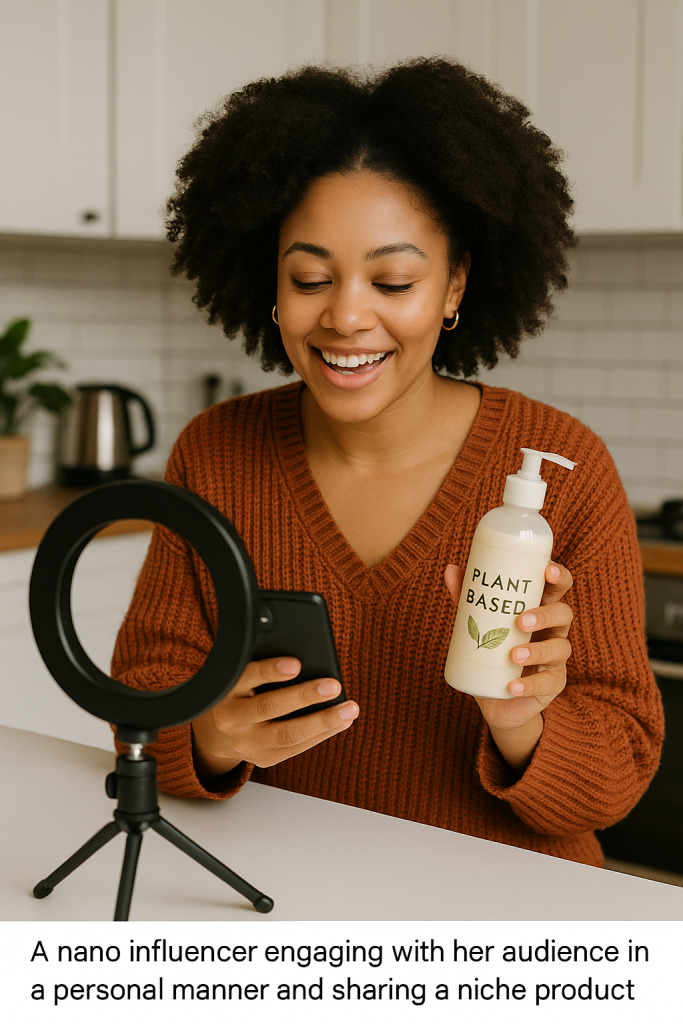
Defining Micro Influencers: A Step Up in Reach and Specialization
Micro influencers generally have a larger audience, typically between 10,000 and 100,000 followers. They bridge the gap between the hyper-niche nano influencer and larger-scale creators.
- Community Engagement Style: While their audience is larger, micro influencers often maintain a more personal connection than macro or mega influencers. Their engagement style might lean more towards a broadcast approach for general posts, but they still tend to participate in conversations and maintain a degree of accessibility.
- Content Specialization: Micro influencers are often more established content creators within a specific niche, such as fitness, beauty, technology, travel, or finance. They have likely dedicated more time to honing their content creation skills and developing a distinct voice and aesthetic. Their content is typically more polished than that of a nano influencer.
- Motivations: For micro influencers, influencer marketing is more likely to be a part-time or even full-time income source. They are more accustomed to professional collaborations, brand partnerships, and negotiating rates for their work, which can include sponsored posts, affiliate marketing, and content creation packages.

The Ascent of the Authentic Voice: Why Smaller Influencers Resonate
The increasing prominence of micro and nano influencers is not accidental. Several factors contribute to their rise:
- Audience Fatigue with Mega-Influencers: Consumers are growing tired of celebrity endorsements that feel impersonal and overly commercialized. The perceived authenticity of mega-influencers has diminished for some.
- The Quest for Authenticity: Modern consumers, particularly Millennials and Gen Z, value authenticity and relatability. They are more likely to trust recommendations from individuals they perceive as genuine and similar to themselves.
- Algorithm Dynamics: Many social media platform algorithms have shifted to favor content that sparks genuine interaction and engagement within smaller, niche communities. This often benefits content from nano and micro influencers whose followers are highly engaged.
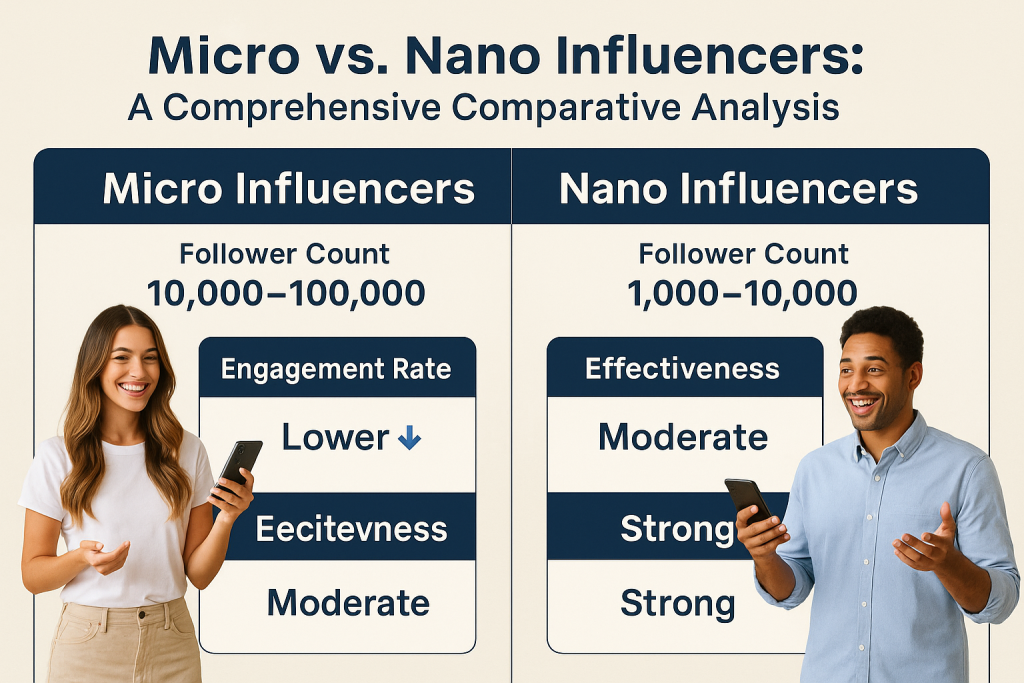
Micro vs. Nano Influencers: A Comprehensive Comparative Analysis
Choosing between micro and nano influencers, or deciding to use a mix, requires a clear understanding of their comparative strengths and how they align with specific campaign goals.
Engagement Rates: Quality Over Sheer Quantity
It’s a well-observed phenomenon that as an influencer’s follower count increases, their average engagement rate tends to decrease.
- The “Why” of Higher Engagement: Smaller communities foster a greater sense of intimacy. Followers of nano and micro influencers often feel a closer, more personal connection. They may know the influencer (or feel like they do), leading to more interactions. There’s also less “sponsored content fatigue” as these influencers might have fewer sponsored posts compared to larger counterparts.
- Quality vs. Quantity of Engagement: Nano influencers might receive fewer absolute likes or comments on a post compared to a macro influencer. However, the percentage of their audience that engages is typically significantly higher. More importantly, the comments are often more meaningful, detailed, and indicative of genuine interest or dialogue, rather than generic emojis or one-word responses.
Impact Beyond Engagement: Driving Real Business Outcomes
While engagement is a key metric, the effectiveness of these influencers extends further.
- Conversion Rates: The high trust placed in nano and micro influencers can translate directly to higher conversion rates. A recommendation from a trusted source, even to a smaller audience, can be more persuasive than a blast from a mega-influencer to millions of disengaged followers. The conversion rate per engaged follower can be notably strong.
- Brand Sentiment & Trust Building: Collaborations with authentic nano and micro influencers can significantly improve long-term brand perception. Their genuine endorsement can build trust and positive sentiment within niche communities, associating the brand with relatable values.
- User-Generated Content (UGC): Partnerships with these influencers often yield a wealth of authentic, high-quality user-generated content. This UGC is invaluable for brands as it can be repurposed across their own social media channels, websites, and even in ad campaigns, lending an extra layer of social proof.
Cost-Effectiveness and Return on Investment (ROI)
Working with nano and micro influencers is generally more budget-friendly than engaging macro or mega influencers.
- Detailed ROI Considerations: When calculating ROI, consider more than just direct sales. The value of heightened brand awareness within a target demographic, the content created (which would otherwise be a separate production cost), and the long-term trust built are all part of the return. Cost Per Mille (CPM) or Cost Per Engagement (CPE) are often much lower.
- Negotiation Strategies:
- Nano Influencers: Many are open to collaborations in exchange for free products or services, especially if they genuinely love the brand. Small honorariums may also be appropriate.
- Micro Influencers: More likely to expect monetary compensation. Rates can vary widely based on niche, engagement, content requirements, and usage rights. Tiered payment structures (e.g., base fee + performance bonus) can be effective.
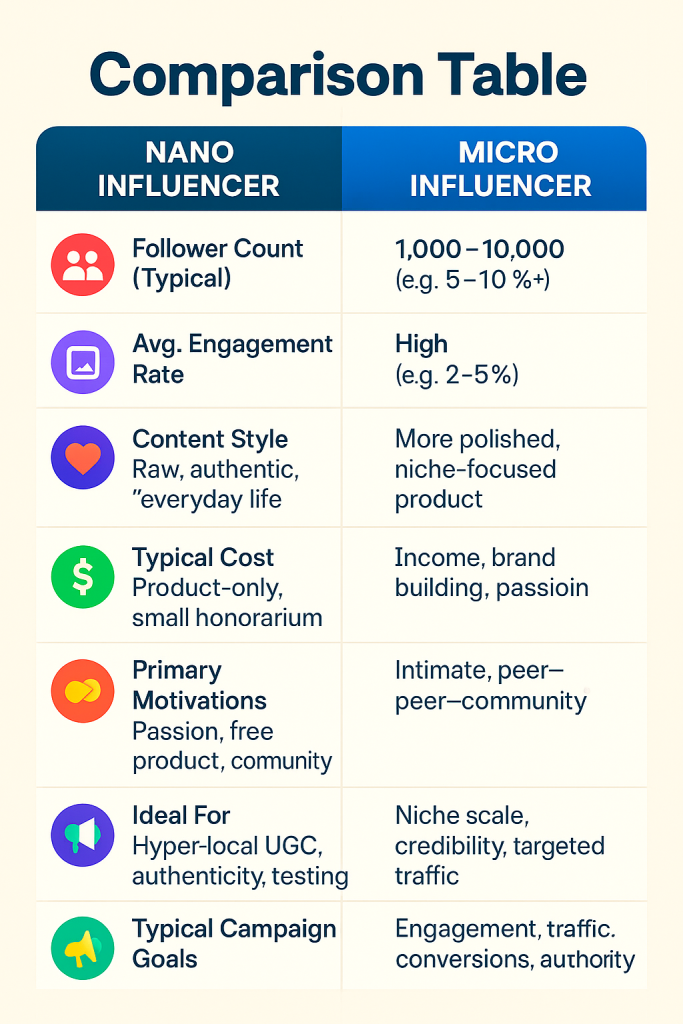
Strategic Application: When to Choose Nano vs. Micro
The choice depends heavily on your campaign objectives and target audience.
Nano-Influencers are often best for:
- Hyper-local targeting (e.g., promoting a local business or event).
- Building initial buzz and word-of-mouth for new products.
- Generating highly authentic UGC and social proof.
- Testing product appeal within very specific niche markets.
- Budget-conscious campaigns requiring high authenticity.
- Seeding products into diverse, small communities.
Micro-Influencers are often best for:
- Reaching specific niche audiences with a greater degree of scale than nanos.
- Driving targeted traffic to a website or landing page.
- Campaigns requiring slightly more polished or professional-looking content.
- Building credibility and thought leadership within a particular vertical.
- Affiliate marketing programs where a slightly larger reach is beneficial.
Consolidated Comparison Table
| Feature | Nano Influencer | Micro Influencer |
|---|---|---|
| Follower Count (Typical) | 1,000 – 10,000 | 10,000 – 100,000 |
| Avg. Engagement Rate | Very High (e.g., 5-10%+) | High (e.g., 2-5%) |
| Content Style | Raw, authentic, “everyday life” | More polished, niche-focused, curated |
| Typical Cost | Product-only, small honorarium | Varies; moderate fees, product |
| Primary Motivations | Passion, free product, community | Income, brand building, passion |
| Community Feel | Intimate, peer-to-peer | Connected, expert/aspirational within niche |
| Ideal For | Hyper-local, UGC, authenticity, testing | Niche scale, credibility, targeted traffic |
| Typical Campaign Goals | Awareness, UGC, sentiment, initial buzz | Engagement, traffic, conversions, authority |
| Audience Trust | Extremely High | High |
| Content Polish | Lower to Moderate | Moderate to High |
| Scalability | Lower (requires managing many) | Moderate |
Note: Engagement rates and costs are industry averages and can vary significantly.
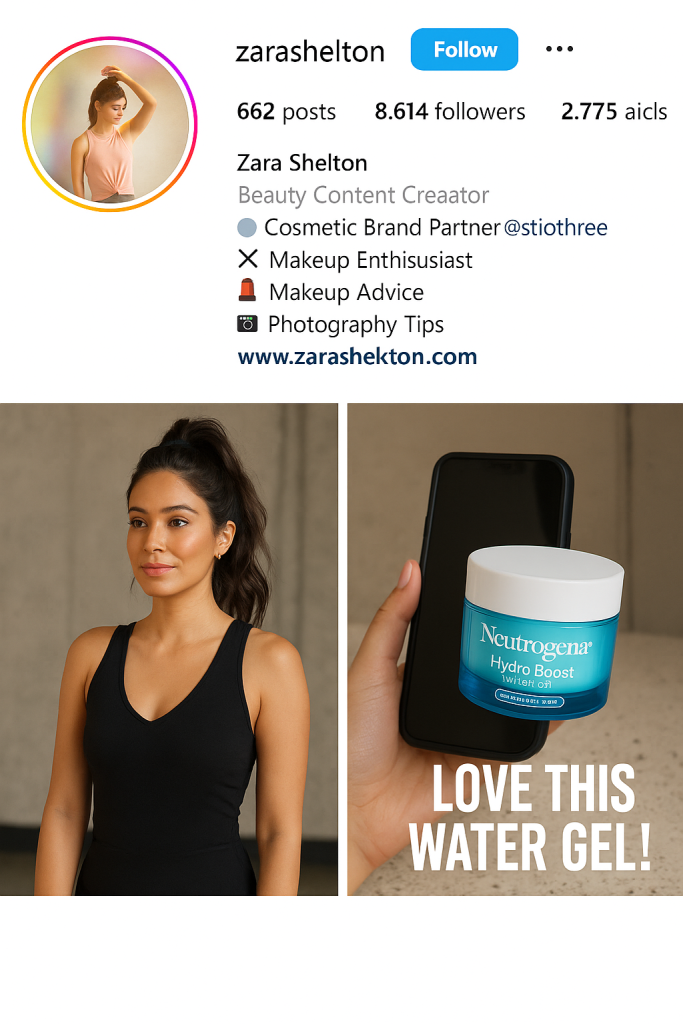
The Strategic Advantages of Partnering with Micro and Nano Influencers
Opting for smaller influencers is not just a budget decision; it’s a strategic move with distinct advantages.
Fostering Authentic Connections in a Skeptical Digital Age
In an era where consumers are bombarded with advertisements, authenticity stands out. Nano and micro influencers are perceived as more trustworthy because their recommendations often stem from genuine use and passion. This trust is the bedrock of their influence. Their relatability makes their endorsements feel like advice from a friend rather than a paid promotion.
Hyper-Targeted Reach: Speaking Directly to Your Niche
Unlike mega-influencers whose audiences can be broad and diverse, nano and micro influencers typically cater to highly specific niches. Whether it’s sustainable fashion, specific software users, or enthusiasts of a particular craft, these influencers allow brands to pinpoint their ideal customer with remarkable precision, reducing marketing waste.
Amplified Engagement: Why Smaller Audiences Mean Meaningful Impact
As highlighted, smaller, more tight-knit communities tend to exhibit higher engagement rates. This is because followers feel a stronger connection to the influencer and are more likely to interact with their content. Each comment, share, or like carries more weight within a smaller pool, and interactions are often more substantive.
Cost Efficiency: Maximizing Your Marketing Budget Wisely
Collaborating with nano and micro influencers is significantly more cost-effective than working with top-tier celebrities or macro-influencers. Brands can often partner with multiple smaller influencers for the same budget as a single campaign with a larger one, diversifying their reach and impact. This allows for a more efficient allocation of marketing spend, especially for small to medium-sized businesses.
Generating a Rich Repository of User-Generated Content (UGC)
One of the most valuable byproducts of micro and nano influencer collaborations is the creation of authentic UGC. This content, produced by real users, is highly persuasive and can be repurposed by brands across their own marketing channels – website, social media, email newsletters, and even paid ads – adding a layer of credibility and relatability that professionally produced content sometimes lacks.
Successfully Implementing Your Micro and Nano Influencer Strategy
Identifying and collaborating with the right influencers requires a systematic approach.
Identifying the Right Influencers for Your Brand
Finding suitable nano and micro influencers can be more labor-intensive than finding macro-influencers, but the effort pays off.
- Hashtag Research: Look for niche-specific and local hashtags relevant to your brand and industry on platforms like Instagram and TikTok. See who is posting quality content and has an engaged audience.
- Competitor Analysis: Examine which influencers your competitors (especially those of similar size or targeting) are working with. This can provide valuable leads.
- Audience Research: Survey your existing customers or analyze your social media followers. Who are they following and engaging with? Their interests can point you to relevant influencers.
- Influencer Marketing Platforms: Several platforms and tools (e.g., Upfluence, Aspire, Grin – mentioning types, not specific endorsements) are designed to help discover influencers based on various criteria. Some offer free or trial versions.
- Manual Searching: Directly searching on social media platforms using keywords related to your niche can uncover hidden gems. Look at “people also follow” sections.
Vetting Potential Partners: Ensuring Authenticity and Alignment
Once you have a list of potential influencers, thorough vetting is essential.
- Audience Authenticity: Check for signs of fake followers or purchased engagement (e.g., unusually high follower counts with very low engagement, generic comments, or sudden spikes in followers). Tools can assist, but manual checks (looking at follower profiles, comment quality) are also important.
- Content Quality and Alignment: Does the influencer’s content quality, tone, and style align with your brand’s image and values? Their previous posts should resonate with your brand identity.
- Past Collaborations and Professionalism: Review their past sponsored content. Was it disclosed properly? Did they seem professional in their execution?
- Engagement Quality: Look beyond numbers. Are comments genuine and conversational, or are they mostly emojis or spam? Are they responding to comments?
Cultivating Strong Relationships: Beyond a Transactional Approach
The most successful influencer collaborations are built on mutual respect and partnership, not just a one-off transaction. Take the time to build genuine relationships. Personalize your outreach. Understand their content and audience. Offer creative freedom where appropriate.
Measuring Campaign Success: Key Performance Indicators (KPIs)
Define what success looks like before you launch your campaign. Track relevant metrics:
- Engagement Metrics: Likes, comments, shares, saves, engagement rate (total engagements / reach or followers * 100).
- Reach and Impressions: How many unique people saw the content, and how many times was it displayed?
- Website Clicks: Use UTM-tracked links to measure traffic driven to your website.
- Conversions/Sales: Track leads, sign-ups, or sales generated (promo codes specific to influencers can help here).
- Brand Mentions & Sentiment: Monitor social listening tools for increased mentions of your brand and the general sentiment surrounding those mentions.
- UGC Generated: Quantify the amount of usable content created by influencers.
Set realistic KPIs based on whether you’re working with nano or micro influencers and your specific goals (e.g., awareness might be primary for a nano campaign, while conversions might be more key for a micro campaign).
